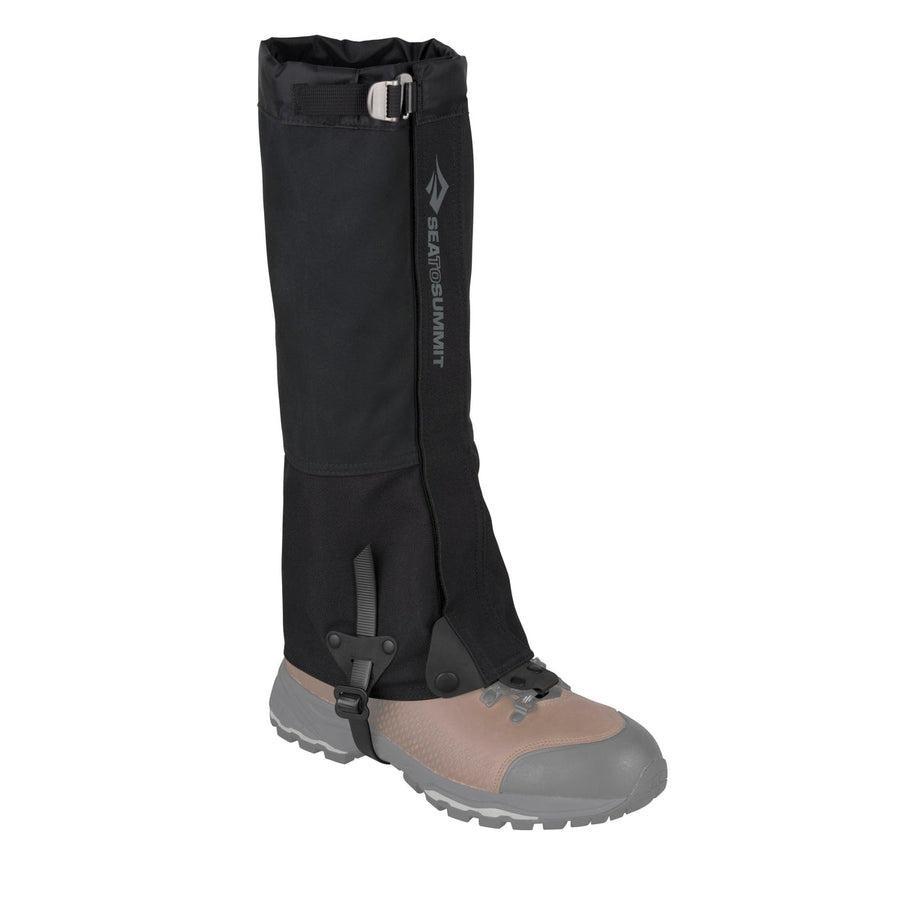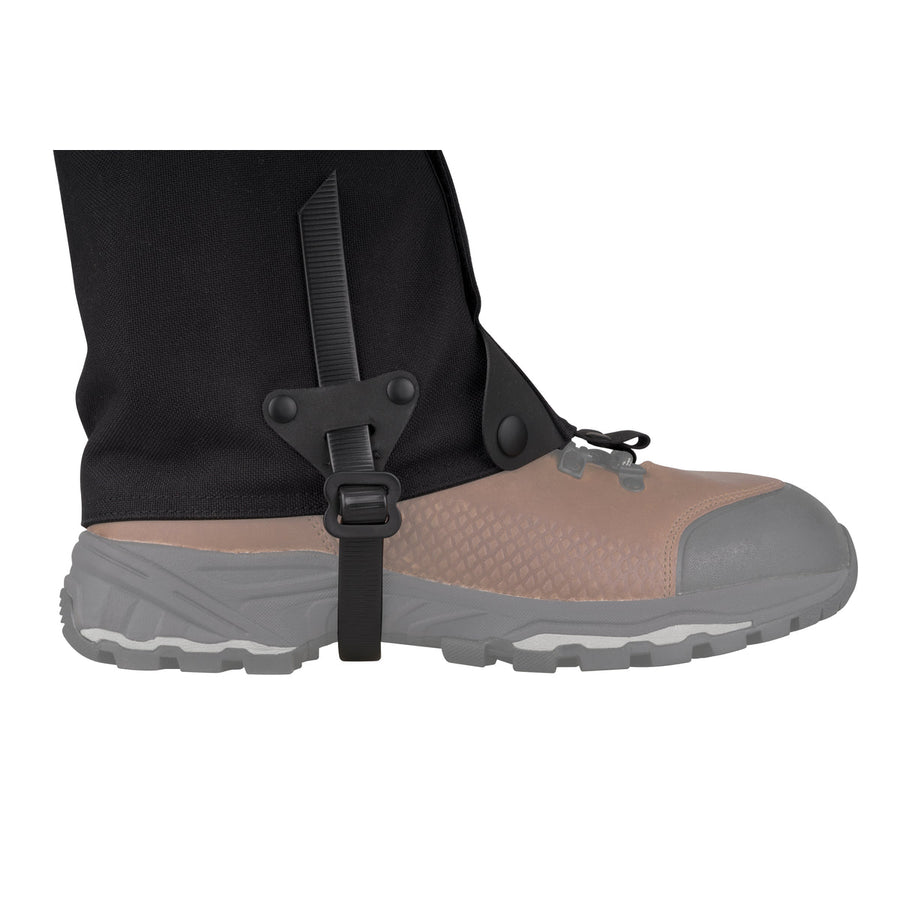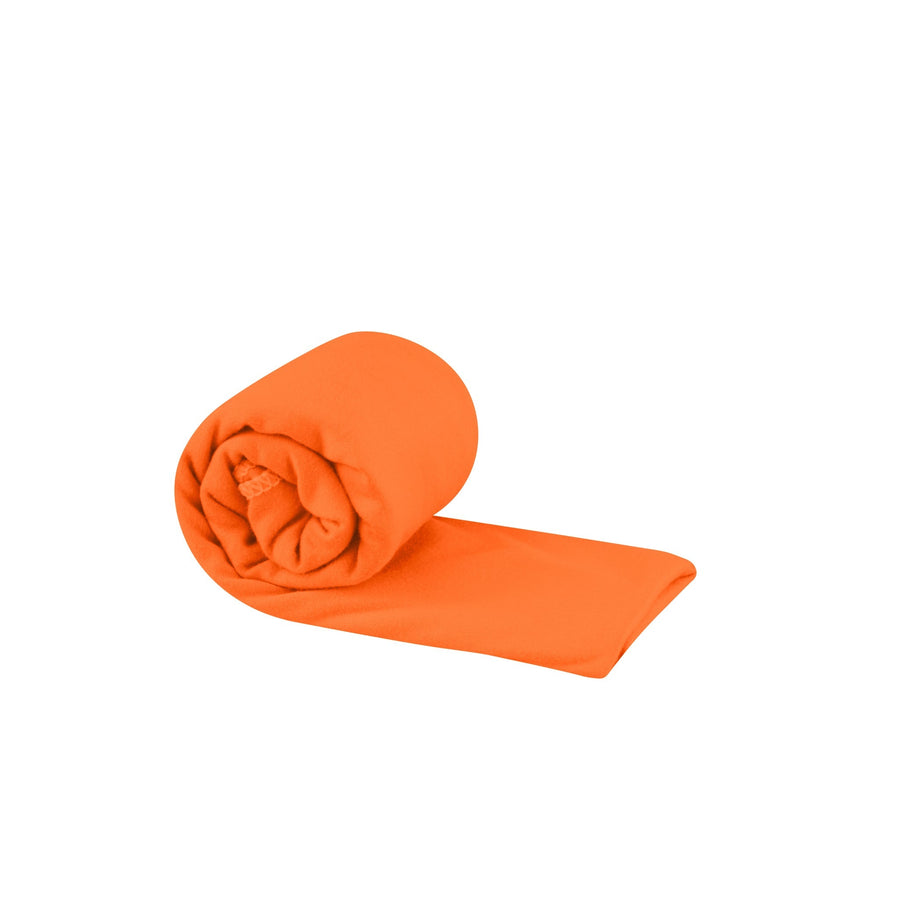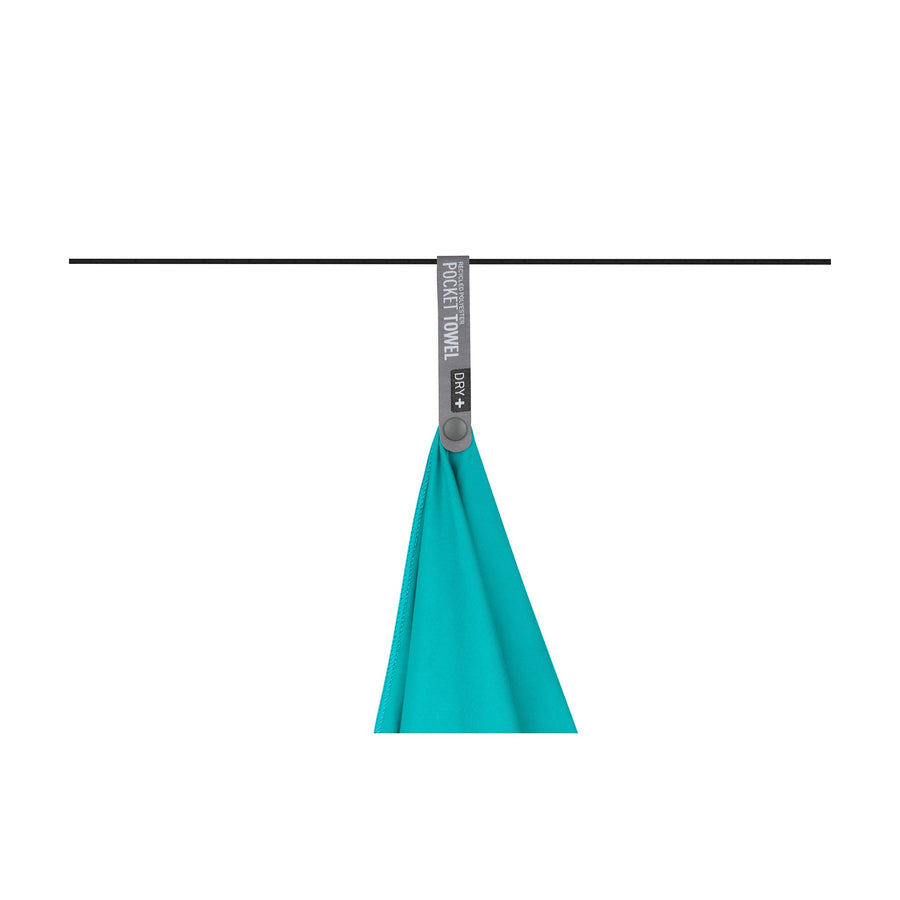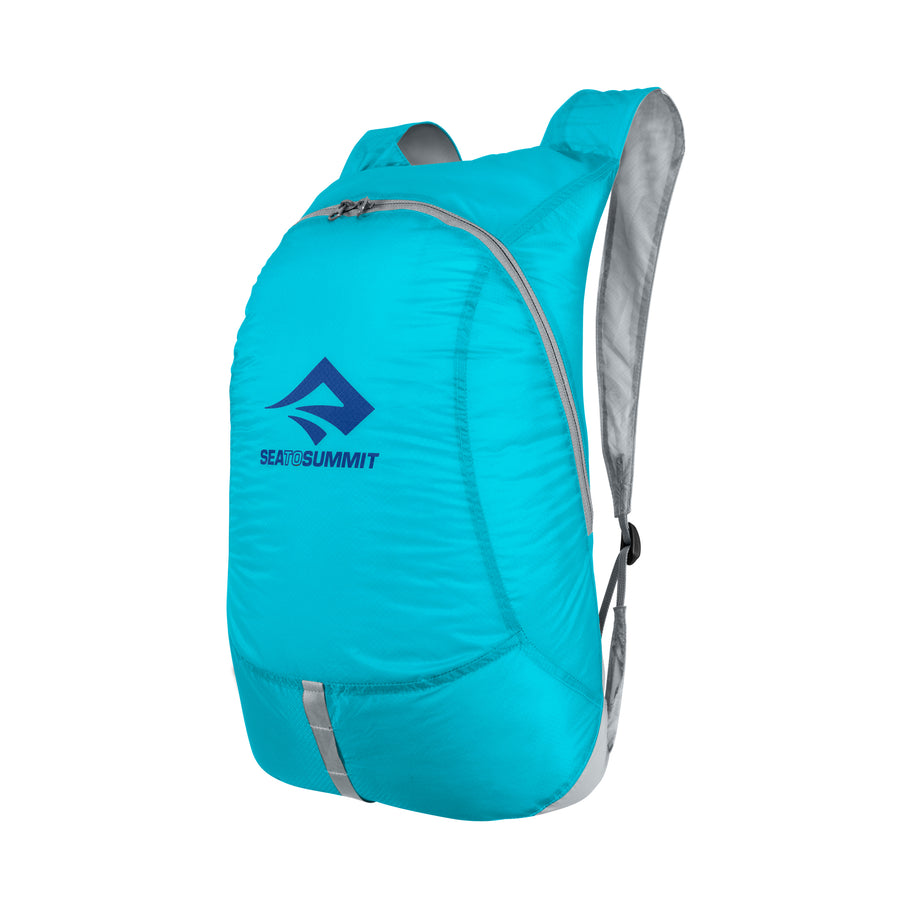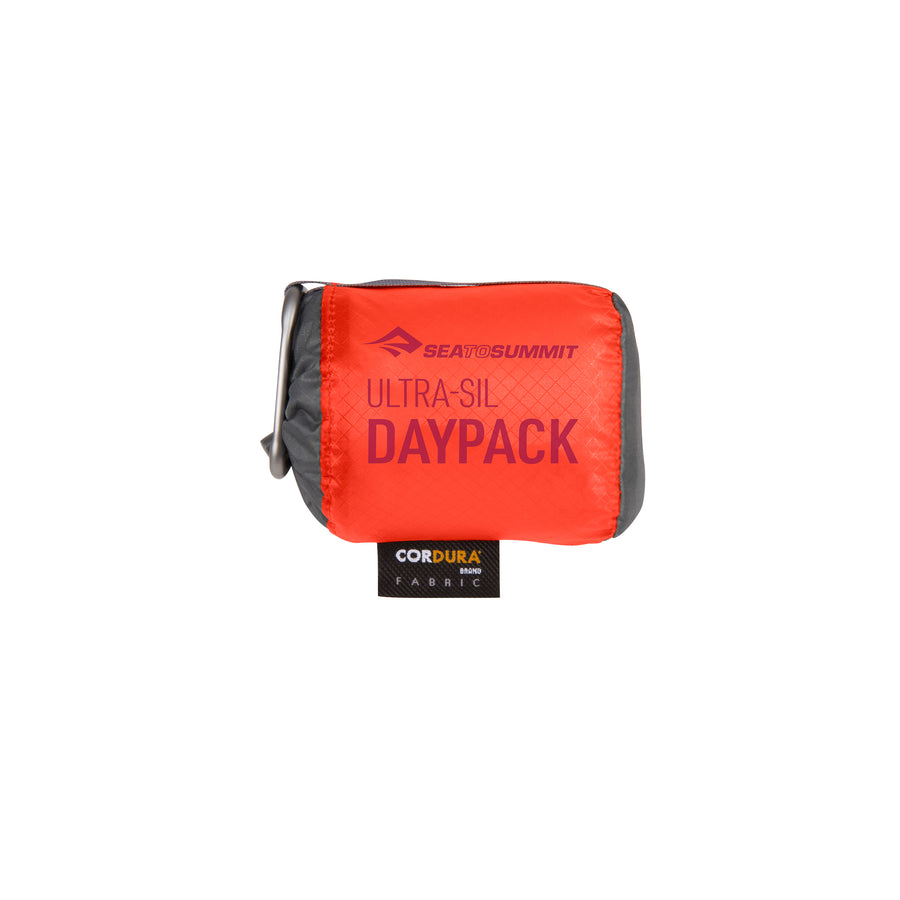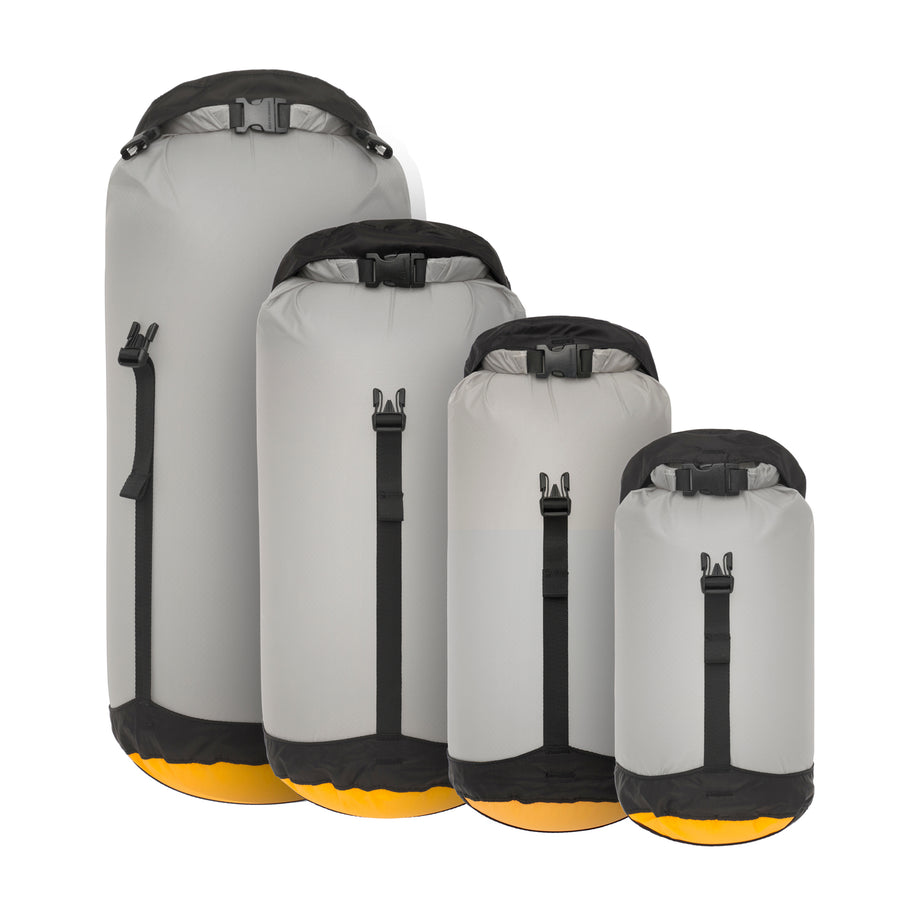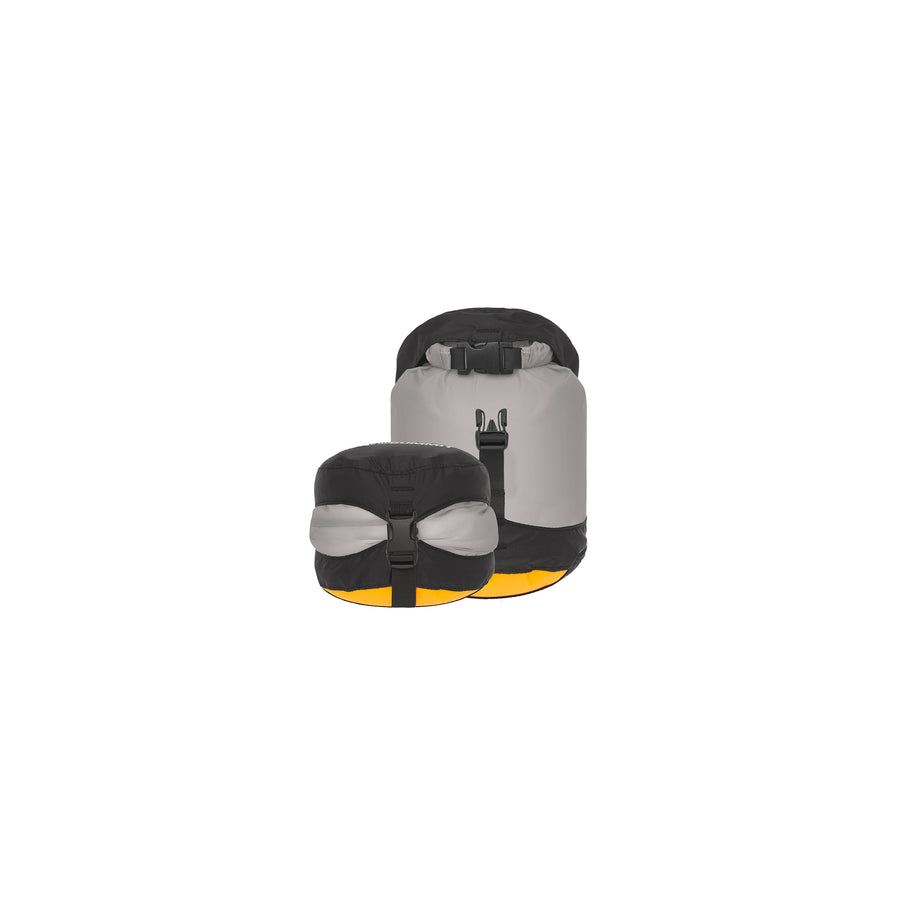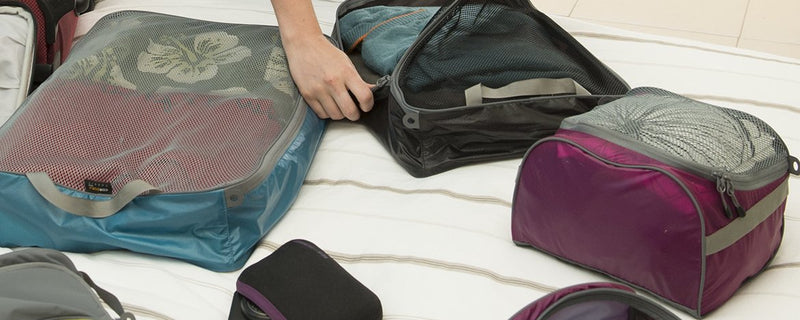Making sure your sleeping mat is ‘warm’ enough – testing R-Values using the ASTM standard

If you have read any of the posts about sleep systems, sleeping bags or sleeping mats you will already know that a sleeping mat (or sleeping pad) is not just about providing a comfortable layer to sleep on.
A key function of a sleeping mat is to insulate you from the ground, especially when the ground is colder. To know whether you will sleep warmly it is essential to know how well your sleeping mat resists heat loss into the ground. This resistance is known as an R-Value.
An R-value, tested in a laboratory to precisely-controlled standards, is the only way to know how well your mat will prevent your warmth from being absorbed by the surface you sleep on (a ‘temperature rating’ is simply a manufacturer’s guess – it is not tested).
WHAT IS AN R-VALUE?
Sea to Summit has always provided independent lab-tested R-Values for sleeping mats. Since January 1, 2020, we have used the new industry standard ASTM F3340-18 test to provide R-Values for our mats. This testing standard was created by industry leaders (including Sea to Summit) wanting to achieve two things:
- Provide clarity and transparency to consumers.
- Create a universal system to enable users to compare mats across brands.
Both of these points are extremely important to you, the end-user, as you work out which mat from which brand may be most appropriate for the conditions you will be using the mat in. This is very similar to the way that the EN rating system standardized sleeping bag temperature rating tests. Ten years ago, there was absolutely no standardized sleeping bag testing whatsoever in North America, and consumers had to make choices based – in some cases – on guesswork. Since the adoption of the EN rating system, sleeping bags can be compared across brands, even if this comparison is not as perfect as we would like.

HOW DOES THE ASTM R-VALUE TEST DIFFER FROM PREVIOUS R-VALUE TESTING?
The test protocol has more clearly defined things like the ambient temperature or the internal mat pressure during the test. In the case of Sea to Summit, the ASTM R-Value test is very similar to the prior test protocol.
The value to consumers is that since January 2020, they are able to compare sleeping mats across all brands, knowing that any mat which displays the term ‘ASTM F-3340-18’ next to its R-Value has been tested to a standardized protocol. No more guesswork.
The ASTM-standard R-Value test resulted in some cases to changes to the previously tested R-Values. It’s important to note that where a value did change, it did not signify a drop or increase in warmth—it simply means the mats were tested using a slightly different scale.
WHAT R-VALUE MAT WILL I NEED?
Here’s a simple chart which compares R-Values with external conditions.

If you look at our Women’s sleeping mats, you will notice that they have higher R-Values than the Unisex versions. This is because they have more insulation than unisex models. In the case of the Self-Inflating mats, the increased insulation is concentrated into zones in the foot and torso areas of the mat. The higher R-Values quoted for these mats relate specifically to these greater insulation/comfort zones.
Your sleeping mat is the foundation for a good night’s sleep – it’s the first component of your sleep system. Without an insulation level appropriate to the conditions you are sleeping in, the best sleeping bag may just not keep you warm at night.






